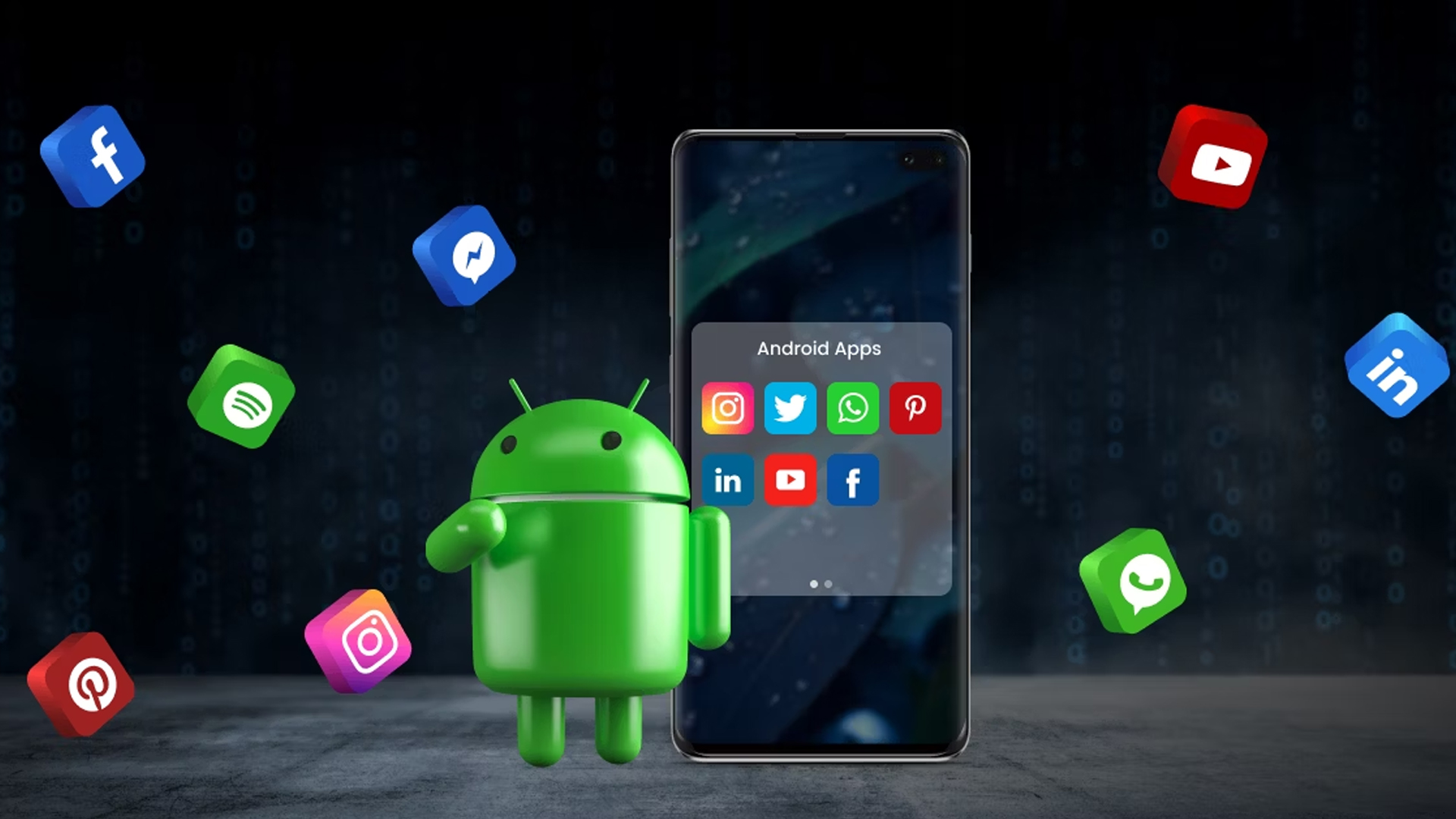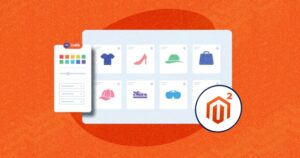Android app development has transformed how we interact with technology. With more than 3 billion active Android devices worldwide, building an Android app is no longer a luxury—it’s a necessity for businesses, entrepreneurs, and developers aiming for a global audience.
In 2025, Android continues to lead the mobile OS market due to its open-source nature, wide device range, and the power of the Google Play ecosystem. Whether you’re a beginner looking to create your first app or a business owner exploring app-based growth, understanding Android development is your first step.
This comprehensive guide covers everything you need to know about Android app development—from tools, languages, and frameworks to monetization and publishing strategies.
1. Why Choose Android App Development?
📱 Global Reach
-
Android powers 70%+ of global smartphones.
-
Available in over 190 countries and thousands of devices.
💰 Cost-Effective
-
Lower entry barriers compared to iOS.
-
No need for Mac devices for development.
🔄 Open Source & Customizable
-
Android SDK is free.
-
Developers can customize UI and functionalities more freely.
💡 Fast Innovation
-
Frequent updates from Google.
-
Access to emerging technologies like AI, ARCore, and Wear OS.
2. Essential Skills for Android Developers
To start building Android apps, you need both technical and problem-solving skills:
🔧 Programming Languages:
-
Kotlin (official language) – Recommended by Google for Android.
-
Java – Still widely used and supported.
-
Optional: C++, Dart (Flutter) for cross-platform.
🧠 Core Concepts:
-
Object-Oriented Programming (OOP)
-
XML for UI layout
-
Android Lifecycle
-
RESTful APIs & JSON
-
UI/UX Design Principles
⚙️ Development Tools:
-
Android Studio
-
Firebase
-
Git & GitHub
-
Gradle (build automation)
3. Android App Development Tools
📦 Android Studio
Official IDE by Google with:
-
Code editor & emulator
-
Debugging tools
-
App testing environment
🔥 Firebase (by Google)
-
Real-time database
-
Authentication (Google, Facebook, Email)
-
Push notifications
-
Analytics
🎨 Figma / Adobe XD
-
For wireframing and UI/UX prototyping
🧪 Testing Tools
-
Espresso (UI testing)
-
JUnit (unit testing)
-
Firebase Test Lab
4. Understanding the Android Architecture
Knowing how Android apps work behind the scenes is critical.
Android Architecture Components:
-
Activities & Fragments – Manage UI screens
-
ViewModel – Retains UI data during config changes
-
LiveData – Observes data changes
-
Room Database – Local SQLite storage
-
Repositories – Handle data operations (API, local DB)
-
Navigation Component – Manages app flow
🧠 MVVM Pattern:
Helps separate UI (View) from business logic (ViewModel), improving scalability.
5. Steps to Build an Android App
Let’s walk through the actual development process:
1. Plan Your App
-
Define the problem
-
Identify the target audience
-
List core features
-
Sketch a wireframe
2. Set Up Android Studio
-
Install SDK tools
-
Create a new project using Kotlin
3. Design the UI
-
Use XML or Jetpack Compose (recommended)
-
Implement responsive layouts for different devices
4. Implement Features
-
Use ViewModel for data management
-
Use Retrofit or Volley for API calls
-
Store data using Room DB
5. Test the App
-
Use emulators or real Android devices
-
Perform unit, UI, and integration tests
6. Publish on Google Play Store
-
Create developer account
-
Prepare app icons, descriptions, screenshots
-
Generate signed APK/AAB file
-
Submit for review
6. Android UI/UX Design Best Practices
An Android app isn’t just about features—design matters.
🧑🎨 Guidelines:
-
Follow Material Design principles
-
Ensure consistency in colors and fonts
-
Use native components (buttons, sliders, etc.)
-
Prioritize touch-friendly layouts
✨ Tips:
-
Keep UI clean and uncluttered
-
Use animations wisely (MotionLayout, Lottie)
-
Ensure fast loading and offline availability
7. Testing and Debugging
Testing ensures your app runs smoothly across devices.
Types of Tests:
-
Unit Testing – JUnit for business logic
-
UI Testing – Espresso for user interface
-
End-to-End Testing – Firebase Test Lab
Debugging Tools:
-
Logcat
-
Breakpoints
-
Android Profiler (memory, CPU, network)
Tip: Always test on different screen sizes and Android versions.
8. Android App Monetization Strategies
Want to earn revenue from your app? Here are top strategies:
💰 1. In-App Ads
-
Integrate AdMob or Facebook Audience Network
💳 2. In-App Purchases (IAP)
-
Sell premium content, features, or virtual goods
🔐 3. Freemium Model
-
Offer a free version with optional paid upgrades
💼 4. Subscription Model
-
Recurring income for premium services (e.g., Spotify, Netflix)
🛒 5. E-commerce Integration
-
Sell physical or digital products through the app
9. Cross-Platform vs Native Development
Not sure whether to go Android-only or cross-platform?
| Aspect | Native Android | Cross-Platform (Flutter/React Native) |
|---|---|---|
| Performance | Best | Good |
| UI Customization | Full control | Limited customization |
| Development Time | Longer | Faster |
| Cost | Higher | Lower |
| Maintenance | Separate codebases | One codebase for both platforms |
Verdict: Go native if performance is your priority. Choose Flutter or React Native for faster MVPs.
10. Publishing Your App to Google Play Store
📤 Steps:
-
Sign up for Google Play Developer account ($25 one-time fee)
-
Prepare your app bundle (AAB format)
-
Add store listing info:
-
App name, description, screenshots
-
Category, tags, contact info
-
-
Upload assets (logo, banner)
-
Set pricing and distribution
-
Submit and wait for approval (usually within 7 days)
Tip: Use Play Console analytics to track installs, crashes, and user behavior.
11. Best Android Libraries & Frameworks (2025)
Speed up development with pre-built libraries:
🧩 UI/UX:
-
Glide / Coil (image loading)
-
Lottie (animations)
-
Material Components
📡 Networking:
-
Retrofit (API requests)
-
OkHttp (HTTP client)
-
Gson/Moshi (JSON parsing)
🔐 Security:
-
Biometric API
-
EncryptedSharedPreferences
🔧 Architecture:
-
Hilt / Dagger (dependency injection)
-
Coroutines / Flow (asynchronous code)
-
Jetpack Compose (modern UI toolkit)
12. Career Opportunities in Android Development
👨💻 Job Roles:
-
Android Developer
-
Mobile App Engineer
-
Full Stack Mobile Developer
-
Flutter Developer (cross-platform)
🏢 Industries Hiring:
-
E-commerce
-
Healthcare
-
EdTech
-
FinTech
-
Travel
💼 Freelancing:
-
Platforms: Upwork, Toptal, Fiverr
-
Ideal for remote developers and small projects
Expected Salary (India, 2025): ₹5L–₹18L+ per annum depending on skill level
Conclusion (150–200 words)
Android app development is one of the most rewarding and in-demand skills of the digital age. Whether you’re building apps for your business or developing software for clients, the opportunities are endless.
With tools like Android Studio, languages like Kotlin, and platforms like Firebase, it’s easier than ever to build powerful, scalable, and modern apps.
Remember:
-
Start with the right tools and structure.
-
Focus on performance, UI/UX, and clean code.
-
Test your app rigorously before launch.
-
Use Google Play to reach millions of users.
-
Keep learning with the latest Android and Jetpack updates.
In 2025 and beyond, Android will continue to dominate the mobile space. Equip yourself with the right skills, stay updated, and create apps that make a real impact.




